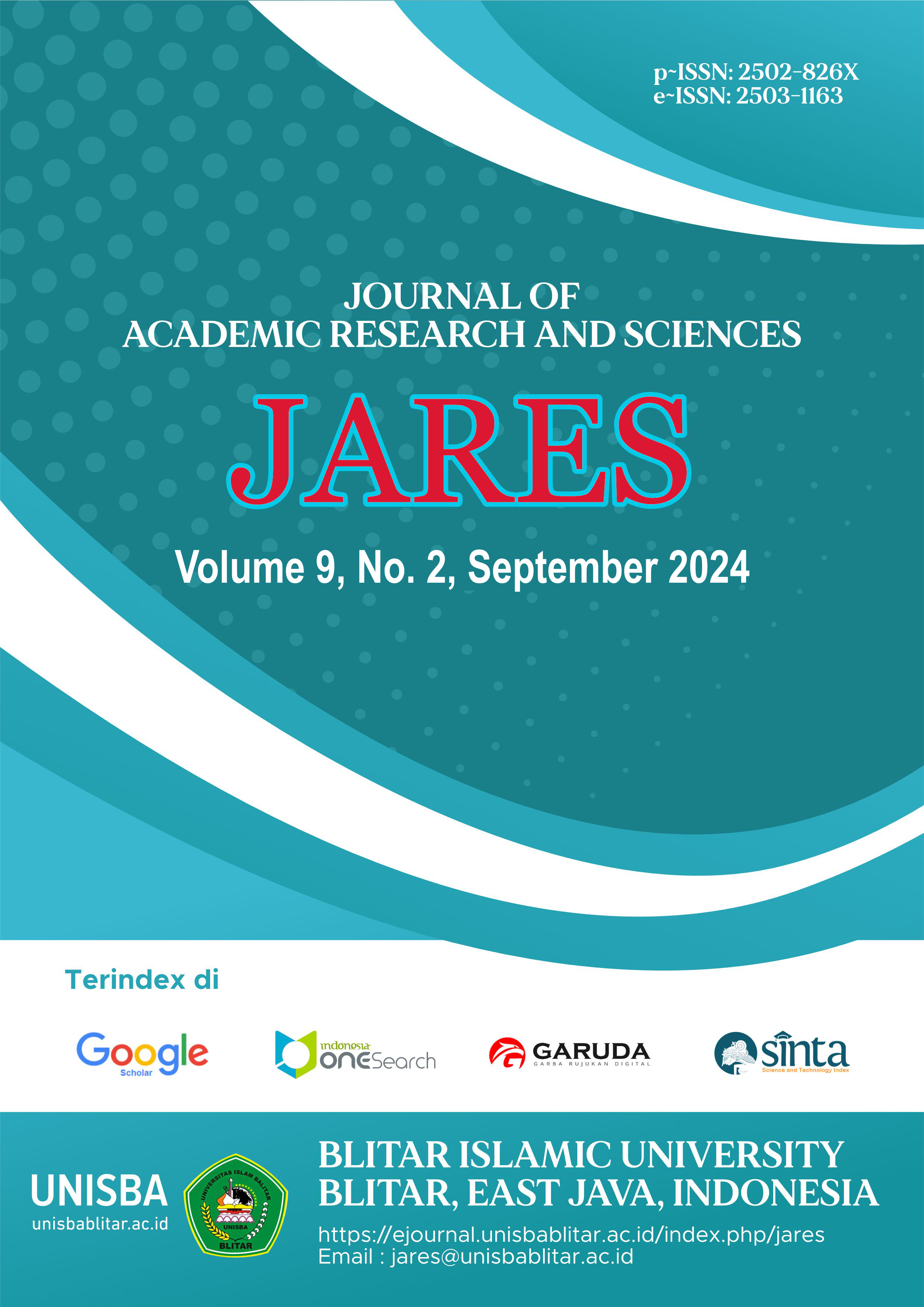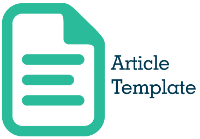DEVELOPMENT OF VIDEO ANIMATION-BASED LEARNING MEDIA TO IMPROVE ELEMENTARY SCHOOL STUDENTS' LISTENING SKILLS
Abstract
The objective of this research is to develop animation-based video media suitable for delivering reading materials of three text types (simple procedures, explanations, and objective descriptions) to fifth-grade elementary school students. This research utilizes a Research and Development design, commonly known as developmental research. Due to the ongoing Covid-19 pandemic, readability testing is conducted with 5 fifth- grade students from UPT SD Negeri Talun 05 and 5 elementary school teachers. Data collection techniques include surveys and documentation. Both quantitative and qualitative descriptive analyses are employed for data analysis in this research. The expert assessment of the content yields a 91% rating, categorized as highly feasible. The media expert evaluation results in a 90% rating, indicating the media is highly feasible. The language expert assessment produces an 88% matching category percentage. Students exhibit excellent performance in readability experiments, scoring 90% in the very good category, and they demonstrate a strong preference for animation-based video content. Teachers score remarkably high at 94% in readability testing. Consequently, teachers can consider animation-based media as a reference for Indonesian language learning that covers materials with three text types studied by fifth-grade elementary school classes: simple procedural text, explanation, and objective description.
Downloads
References
Mayangsari, T. (2022). Perbedaan Peningkatan Kemampuan Analisis Siswa dengan menggunakan Model
Pembelajaran Kooperatif Tipe Team Game Tournament dan Picture and Picture Pada materi Persamaan
Lingkaran di SMA Negeri 5 Kota Binjai. Universitas Islam Negeri Sumatera Utara.
Kiftia, S. M., & Rukmi, A. S. (2022). Pengembangan Media Video Animasi Untuk Keterampilan Menyimak Teks
Eksplanasi Siswa Kelas V Sekolah Dasar. Skripsi Tidak Diterbitkan. Surabaya: PPs Universitas Negeri
Surabaya.
Zulela. (2012). Pembelajaran Bahasa Indonesia. Bandung: PT Remaja Rosdakarya.
Henry Guntur, T. (2008). Menyimak sebagai Suatu Keterampilan Berbahasa. Angkasa.
Bangun, N., & Saragih, A. H. (2015). Pengembangan media web bimbingan konseling. Jurnal Teknologi
Informasi & Komunikasi Dalam Pendidikan, 2(1).
Daryanto, R. M. (2016). Teori komunikasi. Yogyakarta: Gava Media.
Munir. (2013). Multimedia dan Konsep Aplikasi Dalam Pendidikan. Bandung: Alfabeta.
Kartika Ardi Chumairoh, (2017). Pengembangan Media Pembelajaran Video Animasi Dongeng Untuk
Pembelajaran Menyimak Cerita Di Kelas III SDN Sukabumi VI Probolinggo.
Arifin, Z. (2014). Bagaimana Menyiasati PTK Anda Agar Sukses? Penelitian Pendidikan metodedan paradigma
baru.
Sugiyono. (2019). Metode Penelitian Kuantitatif, Kualitatif, dan R&D. Bandung: Alfabeta.
Arafat, A. N. I. (2018). Meningkatkan prestasi belajar ipa menggunakan model contextual teaching and
learning pada siswa kelas iv sdn 1 ngraho kedungtuban blora. Elementary School: Jurnal Pendidikan Dan
Pembelajaran Ke-SD-An, 5(1).
Munadi, Y. (2019). Media Pembelajaran; Sebuah Pendekatan. Jakarta: Referensi.
Daryanto. (2013). Media Pembelajaran Peranannya Sangat Penting Dalam Mencapai Tujuan Pembelajaran.
Yogyakarta: Gava Media.
Sari, D. M. (2013). Pengembangan Media Video Pembelajaran Pangkas Rambut
Lanjutan Berbasis Komputer Program Studi Tata Rias Rambut. Jurnal Teknologi Pendidikan, 6(01), 1–130.

Copyright (c) 2024 JARES (Journal of Academic Research and Sciences)

This work is licensed under a Creative Commons Attribution-ShareAlike 4.0 International License.
Authors who publish with this journal agree to the following terms:
- Copyright on any article is retained by the author(s).
- Author grant the journal, right of first publication with the work simultaneously licensed under a Creative Commons Attribution License that allows others to share the work with an acknowledgement of the work’s authorship and initial publication in this journal.
- Authors are able to enter into separate, additional contractual arrangements for the non-exclusive distribution of the journal’s published version of the work (e.g., post it to an institutional repository or publish it in a book), with an acknowledgement of its initial publication in this journal.
- Authors are permitted and encouraged to post their work online (e.g., in institutional repositories or on their website) prior to and during the submission process, as it can lead to productive exchanges, as well as earlier and greater citation of published work.
- The article and any associated published material is distributed under the Creative Commons Attribution-ShareAlike 4.0 International License






